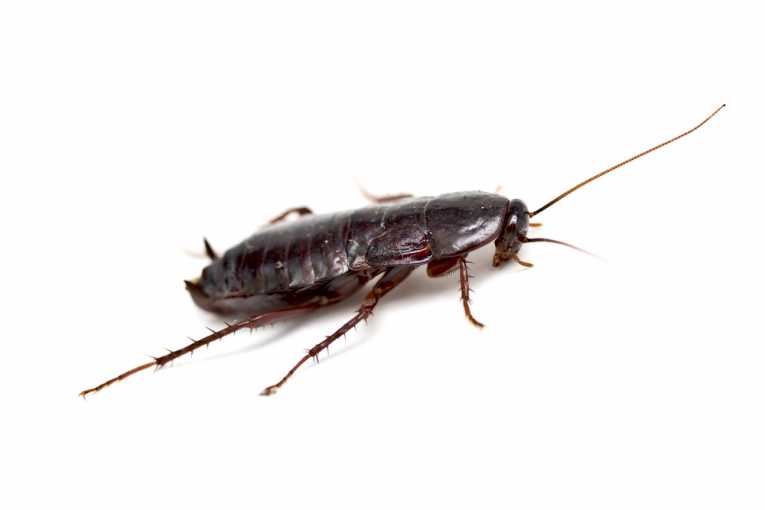An artificial cockroach sex chemical could help save rare woodpeckers. Female wood cockroaches (Parcoblatta lata) give off a unique long-distance pheromone to attract mates, American researchers have found.
The large wood cockroach is a favourite food for the rare red-cockaded woodpecker (Picoides borealis).
Researchers from North Carolina State University have identified and created an artificial pheromone that could be used to see whether there is enough food for the woodpeckers.
Where the synthetic sex chemical lures enough male cockroaches, it shows there is a reliable food supply and, if the habitat is suitable, red-cockaded woodpeckers could be established. The woodpeckers' reproduction rates also depend upon the availablity of arthropods.

A Red-cockaded Woodpecker takes a cockroach back to his nest; Credit: Lance Cpl. Matthew K. Hacker, United States Marine Corps
The artificial macrocyclic lactone pheromone could also be used to stop the cockroaches, which are enticed by lights in porches, from infesting homes.
The researchers, who also came from the State University of New York and University of California-Davis, employed gas chromatography methods to identify and isolate the pheromone chemical compounds.
They identified the biologically active compound by linking the instrument and recording electrical activity in the antenna of the cockroaches that are found in pine forests in South East America.
The chemical structure was identified using nuclear magnetic resonance and the team finally tested the artificial compound to see if it would attract the adult male cockroaches.
In addition to working with Parcoblatta lata, the artificial pheromone also attracted other closely-related species, but it was ignored by Parcoblatta pennsylvanica roaches, which are found in the mid-Atlantic and Midwest.
One of the report's authors, Dr Coby Schal, of North Carolina State University, says the results provide important evolutionary information.
"The compound we identified is a major component of a multi-component sex pheromone blend. So learning that the chemical we identify in this paper attracts some parcoblatta species but not others tells us something about their evolutionary history."
The cockroaches that are not attracted by the sex chemical may not be able to smell it or may require it to be mixed with another unidentified component, adds Dr Schal.
The study was backed by the Blanton J. Whitmire Endowment at the North Carolina university.










